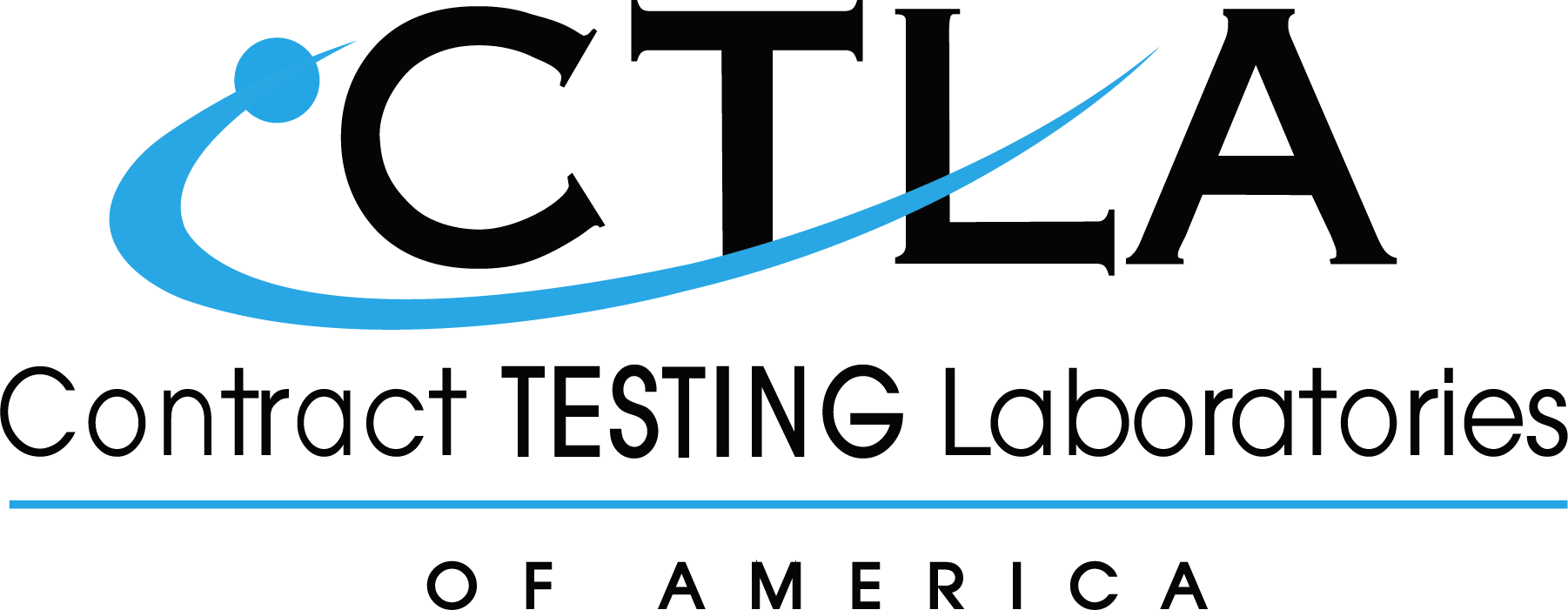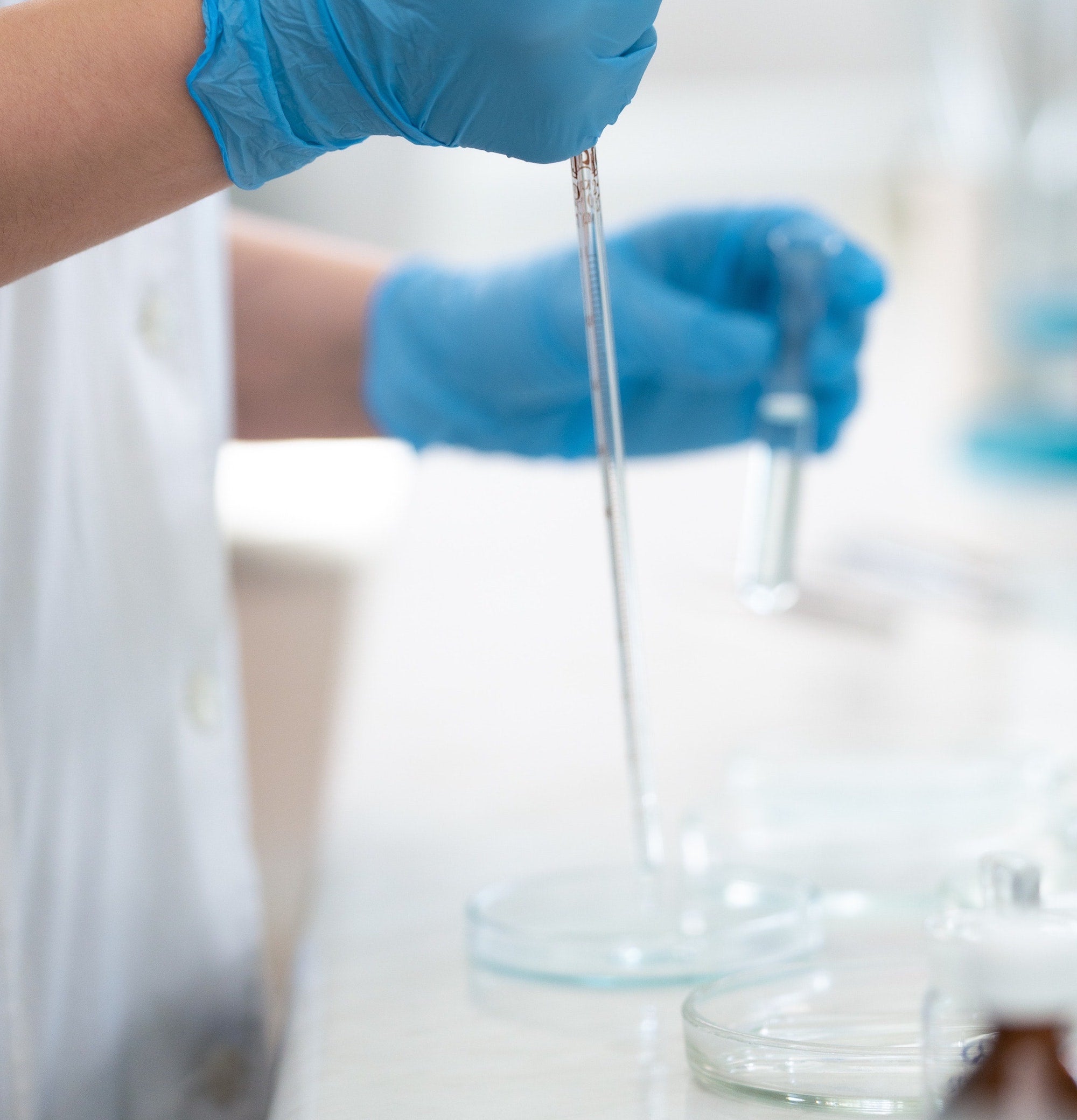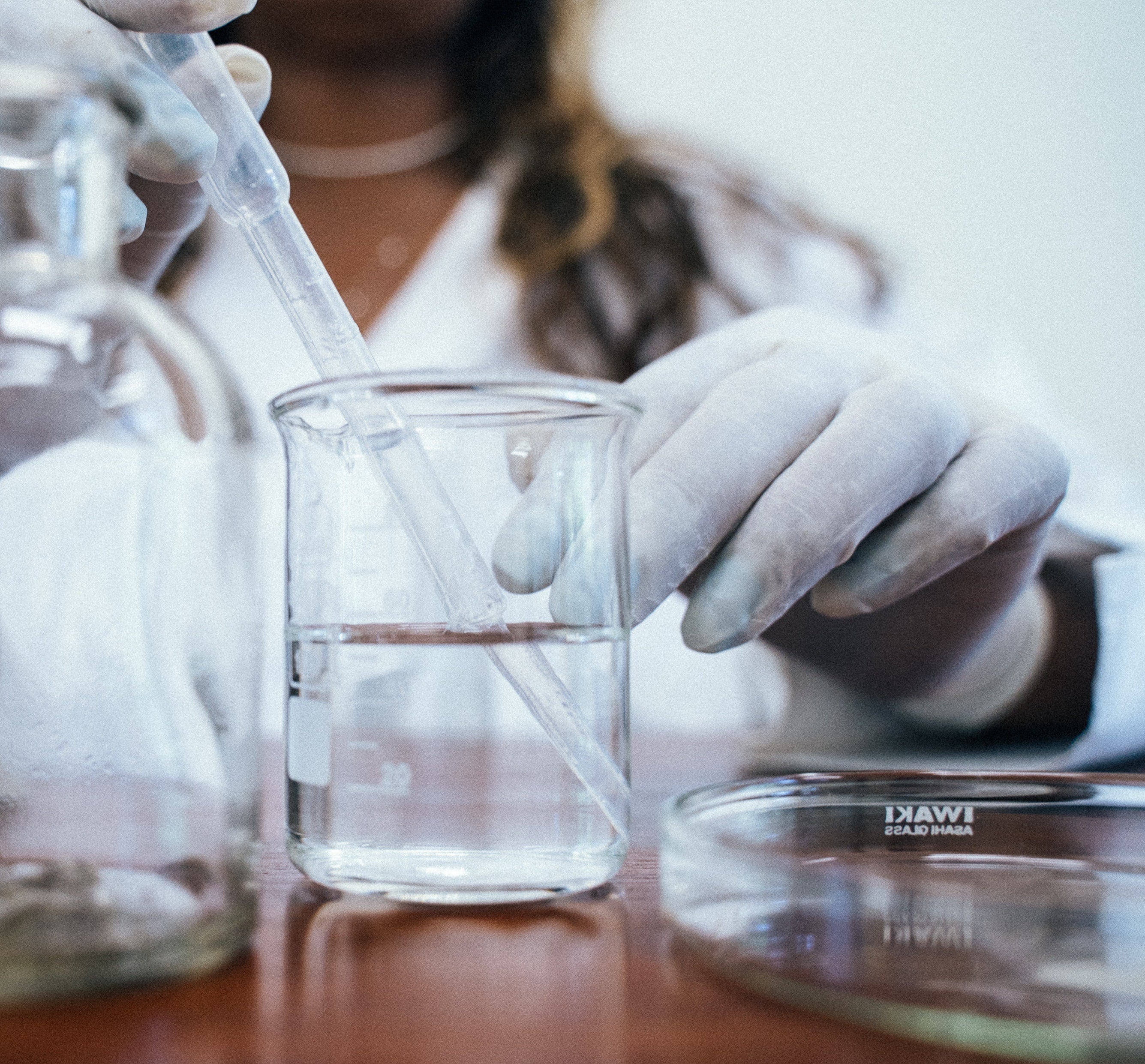
Moisture Content Test
Moisture content is a basic indicator of quality. In agriculture, it indicates soil productivity: In lumber, wood workability. And in foods, dietary supplements, and cosmetics, it is a quality control indicator of product stability, shelf-life, processing, and labeling requirements.
Is there a difference between water content and moisture content?
Generally, no. For most purposes, moisture content refers to the total amount of water (unbonded and bonded) in a product sample.
Water’s chemical makeup allows it to readily bond with asymmetrically charged molecules, including other water molecules. Water molecules bonded together are free moving or active water. Water bonded physically to proteins, fats, or carbs or chemically in hydrates constitutes bonded water.
Bounded water can eventually migrate and become unbounded, affecting microbial spoilage and other aspects of product shelf-life. Therefore, knowing the total moisture content of a product helps determine many factors.
Importance of Moisture Content in Foods, Dietary Supplements, and Cosmetics
1. Legal Limits and Labeling
Many food products are sold by weight. Water weighs 8.3 pounds per gallon. Adding a little bit of water to a product easily increases a company’s profit margin.
To prevent this, the Food and Drug Administration (FDA) and other governing bodies regulate moisture content for various products. For example, CFR 21 Subchapter B, Part 133 regulates cheeses and related products. The highest moisture content for fresh asiago (soft) cheese is 45%. For asiago medium, it is 35%. And for asiago old, it is 32%.
For products regulated by moisture content, moisture analysis and documentation are mandated by law.
2. Quality (Taste, texture, appearance, weight)
Besides product weight, moisture content impacts the taste, texture, and appearance of a product. Consumers want a consistent, pleasurable high-quality product. Monitoring moisture content meets consumer expectations while reducing waste.
Numerous state agencies, the FDA, and the US Department of Agriculture (USDA) regulate frozen, freeze-dried, and dehydrated products for sale directly to consumers or to establishments that sell to consumers.
“It is important to check dried foods for moisture as the introduction of water to a dehydrated food can reduce quality and increase the chance of microbial growth.” - Jacque Overdiep & Angela Shaw (Iowa State University Extension and Outreach)
As a general example, the USDA sets moisture content for dried fruits between 15-30% depending on the type of fruit and if it is pitted, whole, sliced, or diced. And for freeze-dried foods, the USDA sets moisture content to no more than 2%, reported to the nearest tenth (0.1)
3. Processing, Manufacturing, & Packaging
When processing and manufacturing products, the moisture content determines appropriate handling procedures to prevent clogging and corrosion of processing equipment. Improper use of machinery for given moisture content can increase condensation, leading to wasteful downtime. Using appropriate moisture content analysis in the early stages of production protects product safety, quality, and revenue.
Numerous agencies, including the FDA, USDA, and the Federal Trade Commission regulate the moisture content loss during good distribution practices. Appropriate moisture content determines food quality, taste, and texture. For example:
The FDA allows 1% moisture content loss for:
- Many fresh baked goods (bread, rolls, muffins), tested at the end of the packaging day.
- Frozen fruits and vegetables tested seven or more days after packaging.
The FDA allows 3% moisture content loss for:
- Some fresh baked goods (bagels, cookies), tested at the end of the packaging day.
- Fresh or dried fruits and vegetables, cheeses, rice, pasta, and coffee beans tested seven or more days after packaging.
4. Shelf-Life and Microbial Stability
Microbial growth depends on temperature, pH, and water availability. Since bounded water can become unbounded, over time it can affect microbial growth. Knowing total product moisture content gives long-term spoilage confidence and sets shelf-life expectancy for public consumption safety.
The Best Test Procedure for Determining Moisture Content
The simplest and most accurate way to determine a sample’s moisture content is to use heat to dry it out. This method is referred to as oven-dry or gravimetric moisture content testing. For this test, the sample is weighed then baked around 105° Celsius, and then weighed again. A moisture content test is complete when the sample mass stays constant.
During the heating process, moisture is allowed to evaporate and escape, reducing the sample mass. Moisture content (MC) is the percentage of weight lost from drying out a sample. It is calculated by subtracting the dry mass (DM) from the original mass (OM) then dividing that number by the OM. To convert it into a percentage, multiply it by 100.
(OM-DM)/OM x 100 = MC
For example, say you have an original sample weight of 100 grams. After it is dry (no additional mass change), it weighs 80 grams. That means the sample contains 20% moisture by volume.
Moisture content analysis instruments make the drying method quick and accurate and provide easily repeatable results. Laboratory instruments like OHAUS’s moisture analyzers are self-contained. These instruments weigh the sample, dry it, determine if the mass is still changing, mark the final weight, and calculate the moisture content.
Sample drying time depends on the amount of moisture contained in the sample. Conventional oven-drying methods can take up to 18 hours to complete. OHAUS’s moisture analyzers use either halogen or infrared heating systems to accelerate sample drying time to 3-45 minutes.
CTLA Testing Services
To meet your product’s legal requirements for quality, stability, and packaging, turn to CTLA for all your moisture content testing needs. We conduct moisture content testing for food, dietary supplements, cosmetics, and even soil samples using accelerated OHAUS laboratory equipment.
In addition to moisture content testing, CTLA also provides Water Activity Testing to determine the amount of free or unbonded water contained in a product for immediate microorganism growth.
CTLA is a full-service testing laboratory. We are FDA registered and operate with ISO/IEC 17025:2017 accreditation. We are committed to meeting customer needs with open, honest communication and quick turnaround times. Contact us today to meet all your laboratory testing needs.

Article by Jae O. Haroldsen
The content of CTLA’s website is for information only, not advice or guarantee of outcome. Information is gathered and shared from reputable sources; however, CTLA is not responsible for errors or omissions in reporting or explanation. CTLA gives no assurance or warranty regarding the accuracy, timeliness or applicability of the content.
Sources
McClements, Julian. “Determination of Moisture and Total Solids.” Professor of Food Physio-chemistry - University of Massachusetts Amherst. https://people.umass.edu/~mcclemen/581Moisture.htmlMoore, Sarah. 2020. “Why is Moisture Content Analysis of Food Important?” News Medical. https://www.news-medical.net/life-sciences/Why-is-Moisture-Content-Analysis-of-Food-Important.aspx
“Moisture Analyzers.” OHAUS. https://us.ohaus.com/en-US/Products/Balances-Scales/Moisture-Analyzers
“Commodity Specification for Dried Fruit.” USDA. 2019. https://www.ams.usda.gov/sites/default/files/media/CommoditySpecificationDriedFruitAugust%202019.pdf
“Commercial Item Description: Fruits Freeze Dried.” USDA. 2012. https://www.ams.usda.gov/sites/default/files/media/CID%20Fruits%2C%20Freeze%20Dried.pdf
Overdiep, Jacque. “Federal and State Regulations on Selling Frozen and Dehydrated Foods.” Iowa State University Extension and Outreach. https://www.ncrfsma.org/files/page/files/ncr_frozen_and_dehydrated_foods.pdf







